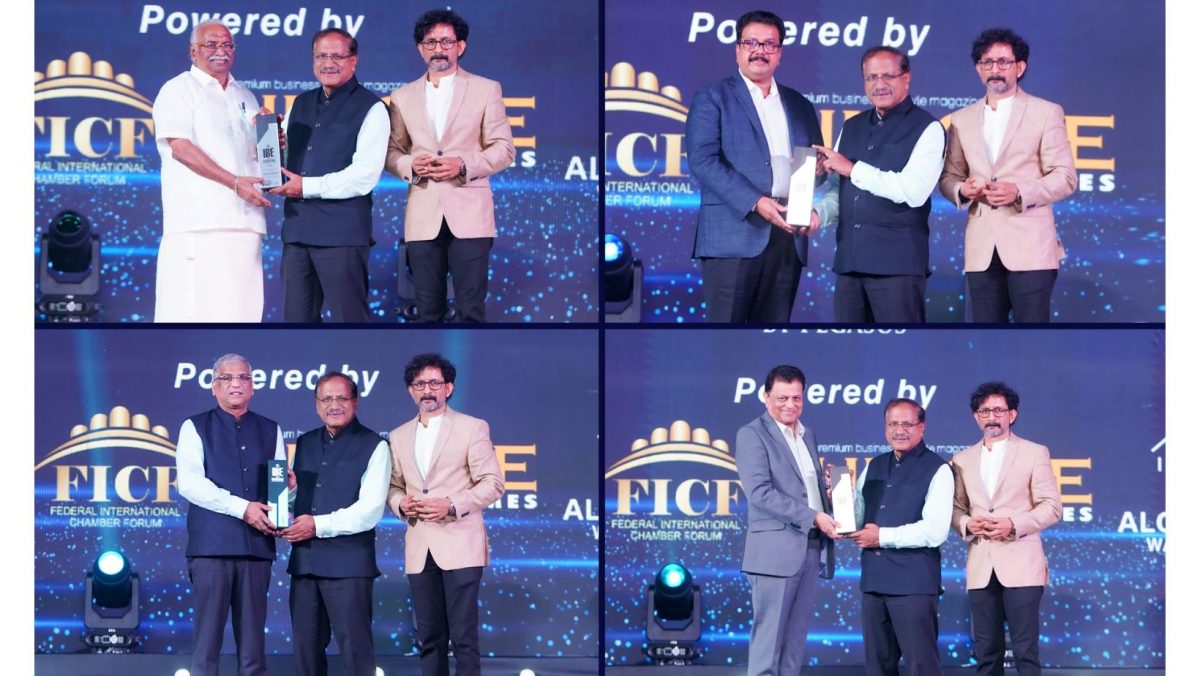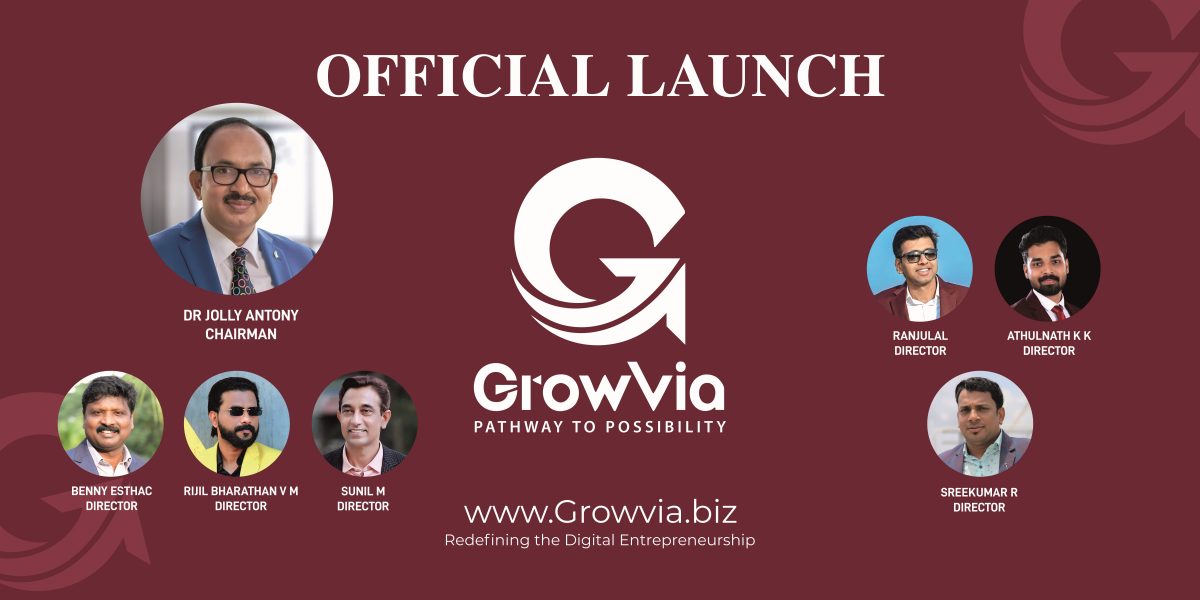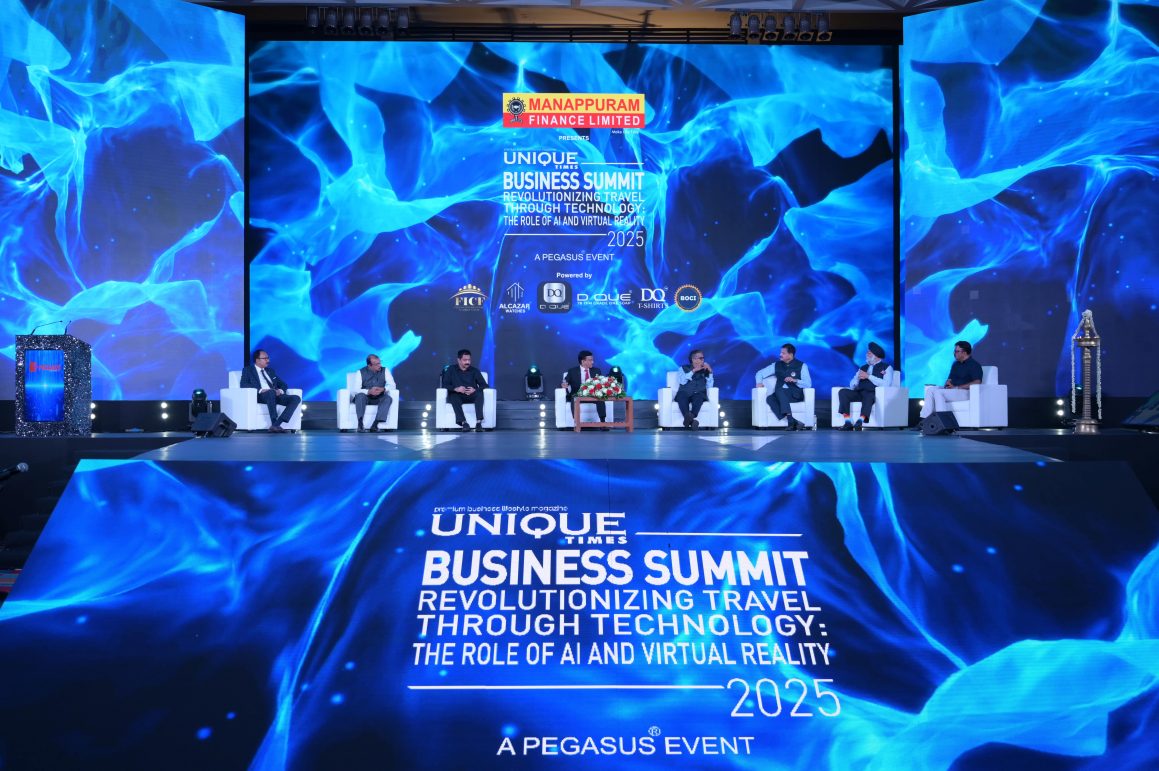
In every Education conference in these days, some of the interesting conundrums of education come up for discussion. We are, today, seeing a surfeit of institutions and increasing commoditisation of education. The increase in quantity seems to be the key theme and a trajectory like this, is likely to bring in problems of quality.
Experts opine on the decreasing availability of faculty and how there are no more teachers like the ‘good old days’. The antidotes were also much like what we have heard in the last few decades: More industry – academia interface, more foreign university collaborations, and better return on investment for the students. ‘Autonomy’ is also a concept which gets mooted in most of these discussions. While, there is a lot of truth in all of these and the need to focus and legislate changes, it will also augur well and look at some of the higher education institutes of repute in the world.
For the average institute of today, more than 90 % of the revenue still comes from fees they get from the students. The focus too does not move beyond the completion of the stipulated syllabus. A common initiative nearly all of them begin is the industry – academia interface, which has merits of its own. But beyond a point, this is no enough! Look at some of the marquee institutions around the world. A recent article in the Economist gives an interesting breakdown of the sources of funds for Harvard Business School: tuition fee (17%), executive education (23%), publishing (29%) and endowments (31%). There is a lot to think about when we look at this funding pattern. The crucial thing to note is that tuition accounts for only a sixth of revenues. Close to home, if we look we attempt to look at one of the more popular institutions like the older IIMs, you will see this figure closer to 45 %.
Before we chide this data as not relevant and how we cannot compare a premium brand established brand and a new kid on the block, it will be good to remind ourselves that this data should give direction. Increased research and development, white papers, patents, printed articles constitute the skeletal structure of an institute which can attract higher funds and endowments. The student engagement becomes richer when the institute can attach them to faculty and work on projects which enhance their learning. To start with – a serious internship will itself build the broad contours to this. The recent Kerala Technical University directive to make internships mandatory is a great move and while institutes will face teething problems in the initial years, it will eventually be a great value addition to the respective courses.
We are host to the younger population of the world. While we brag about our demographic content, it is a perfect fact that today ‘the world has more youngsters alive, than have ever lived in it since the history of civilization’. This also brings in paradigm changes in the way we think, work and live. Add to the demographic dimension, there is also the massive advent of technology that we have to negotiate with. The laptops, and the constantly flickering smart phones are an extension of the human body for today’s professional. Very simply, the average knowledge worker of today has these massive distractions whether she is at her work place or at home and trading casual banter in a coffee shop!
This brings in the modified managerial mind. Today, you need to focus on multiple things at the same time. A deep thought is often fighting for mind space with a phone call, an email, a social media notification and the like. This is not just a ‘youth’ phenomenon. The middle aged and the senior citizen also has all these multiple distractions and a retired employee grapples with the same sort of challenges. The time and intent to focus on a task is becoming more and more ephemeral and this leads to what the management guru’s call – the light touch! This is not the subtle management scholarship of deftly manoeuvring but the complete inability to ‘think through’. The less we do this, we also mentally teach ourselves to focus less. Have you not heard the irate senior asking: “Why is it taking so much time? I want this yesterday!” Suddenly multitasking is the order of the day!
Well, multitasking is not the villain here. Have we not seen people juggle several things at times and with aplomb? We call them time management experts and laud their ability to find time for every task assigned. But, this same capability is taking them away from mastery. Mastery of anything whether a topic, a skill or even a physical action comes only with the complete coordination of muscle, bone and mind. It is about bringing the whole body to into a state of heightened energy. The entire body mind ecosystem comes together as a one in a synchronised step. Ancient scriptures hint that mastery of anything required at least ten thousand hours of practice and repetition. That is when the practice becomes a habit. The key difference between the habit and the practice is that habit is unconscious and practice is conscious. But the moot question is whether we are paying that kind of respect and attention to our ability to focus!
Expertise and experience count a great deal: AMAT VICTORIA CURRAM – A Latin phrase which means victory loves preparation. Inspiration and passion, while necessary, are not sufficient conditions for innovation and entrepreneurial success. You need expertise, experience, and skills and must mobilise them effectively from where they are available. Of course, it helps if you possess a core skill like finance, technology, marketing, etc. But, this is not necessary.
Our mental faculty needs time to think through to capture the essence of things. There is a no easy way to do this but there are some things we can consciously do to build this. Having a structure is the best way to learn as per Benjamin Carey, eminent author of ‘How We Learn’, is to build a mental structure of the themes we are working on. This is also akin to the mind of a school student. If we mentally add whatever we observe, read and think to a mental structure of the subjects, the students can connect different subjects together. What we learn in different classrooms will get connected to the structure and ‘parts will form the holistic sum’.
So, is multi-tasking passé? Of course, we will not suddenly eschew technology and multifarious devices that has become our life and internal part of our lifestyle. But, it will serve well for us to remember that the ability to juggle multiple things cannot be an excuse to not concentrate, spend time thinking, using that silent mental space which will clarify and cleanse issues of the multifarious angles and proclivities that make them complex!
Another avenue is consulting. An actual consulting engagement in the relevant area of higher studies is a vivid juncture, where theory matches to practical day to day concepts for the students. It also gives the faculty to streamline their pedagogy with actually real life industry examples.
While placements will still figure high on the ‘key performance metric’ for every institution, the point to realise that the roots of these lie in enhanced student experiences and their ability to understand and cogitate about the world around them. The fundamental motto should be to enable them to take on the changing world around them. For these temples of higher learning are to prepare them for life and not just make them earn a living. Placements, endowments, higher ratings – will always follow.
Photo Courtesy : Google/ images are subject to copyright











